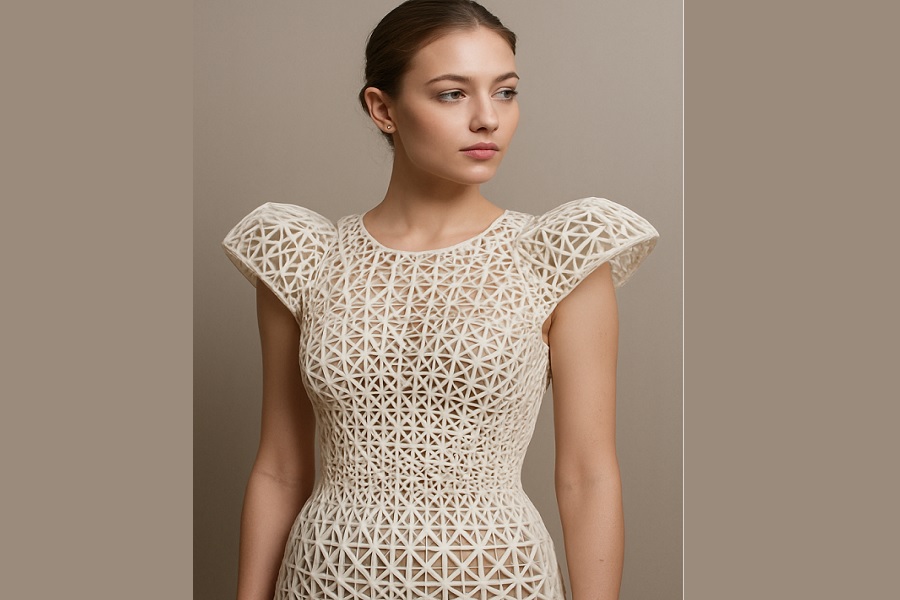
Follow us Now on Telegram ! Get daily 10 - 12 Interesting Updates. Join our Telegram Channel https://t.me/OhWomen
Download Telegram App before Joining the Channel
Fit Clothing at Your Fingertips
In a world where fashion is evolving faster than ever, 3D printed clothing is rewriting the rules of design, production, and personalization. No longer the stuff of futuristic fantasy, this technology is rapidly moving from high-tech studios to mainstream fashion houses—and even to your closet.
What is 3D Printed Fashion?
3D printed fashion uses additive manufacturing—layer-by-layer printing using materials like thermoplastics, resin, or even biodegradable fabrics—to create garments. This means clothes can be “printed” directly from a digital design, bypassing traditional stitching, cutting, and waste-heavy production methods.
Why It’s a Game-Changer
Customization Like Never Before
Each piece can be tailored to your exact body measurements. No more size compromises—only perfect fit every time.
Sustainability
3D printing significantly reduces material waste. With zero off-cuts and on-demand production, it's eco-friendly and efficient.
Speed and Innovation
Designers can now go from concept to product in hours or days instead of weeks, unlocking endless experimentation and creativity.
Durability and Lightweight Structure
3D printed garments are not only structurally sound but often lighter and more breathable than expected, especially when printed with mesh-like patterns.
Fashion Meets Technology: Real-World Examples
Iris van Herpen, a Dutch haute couture designer, is a pioneer in wearable 3D art, blending science, architecture, and couture.
Danit Peleg, known for her 3D printed collections, showcased how an entire fashion line can be printed at home using desktop printers.
Adidas and Reebok have incorporated 3D printing in shoes—especially midsoles—bringing performance and design to a new level.
The Materials Behind the Magic
TPU (Thermoplastic Polyurethane) – flexible and strong for wearable pieces
PLA (Polylactic Acid) – biodegradable and suitable for light, decorative wear
Resins – used in high-detail fashion accessorie
Nylon and recycled polymers – for more practical, wearable apparel
Challenges to Watch
Comfort and Flexibility: While tech is improving, some printed pieces still lack fabric-like softness.
Mass Production: Scaling 3D printing to match fast fashion demand is still in progress.
Cost Barriers: High-quality printers and materials can be expensive—for now.
The Future of 3D Fashion
Imagine downloading a designer dress, tweaking the color and length, and printing it overnight at home. That’s the future 3D printed fashion is heading toward—hyper-personalized, eco-conscious, and instantly accessible.
From high fashion runways to home printers, this isn’t just a trend—it’s a fashion revolution at your fingertips.
Source : Oh Women